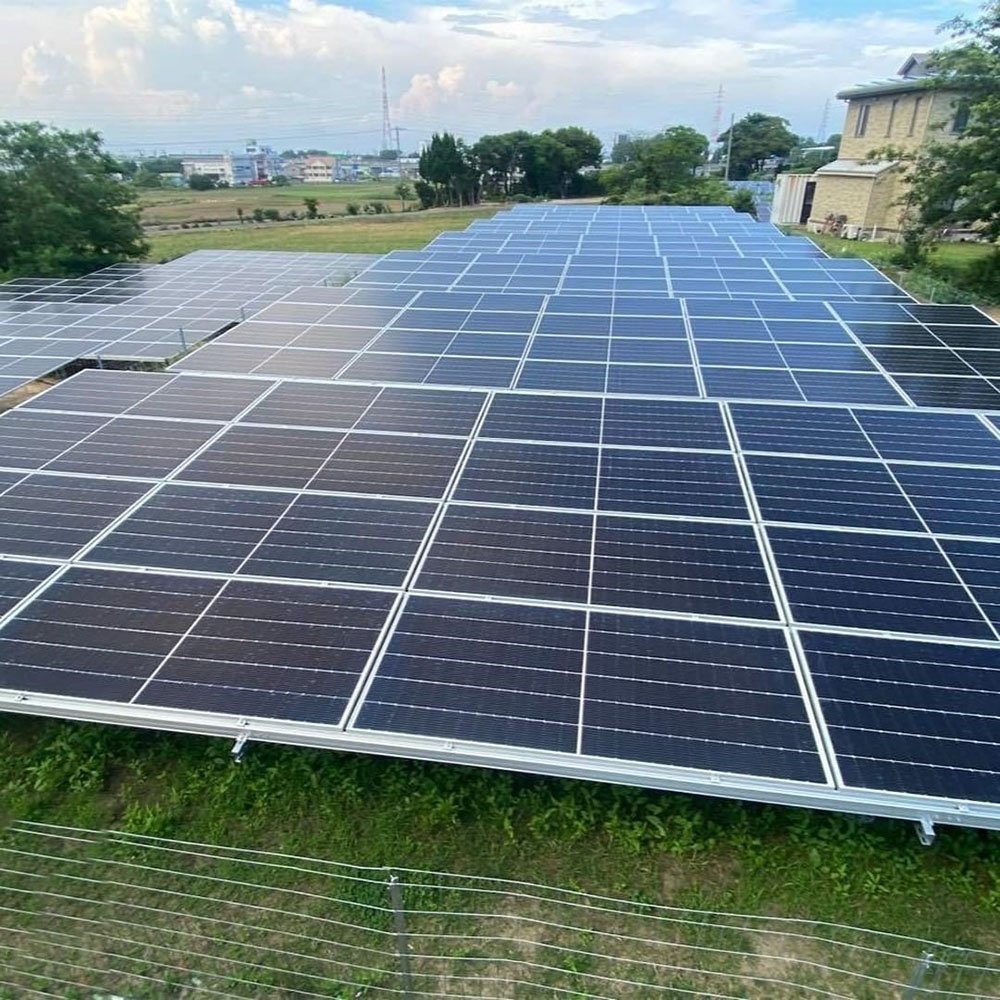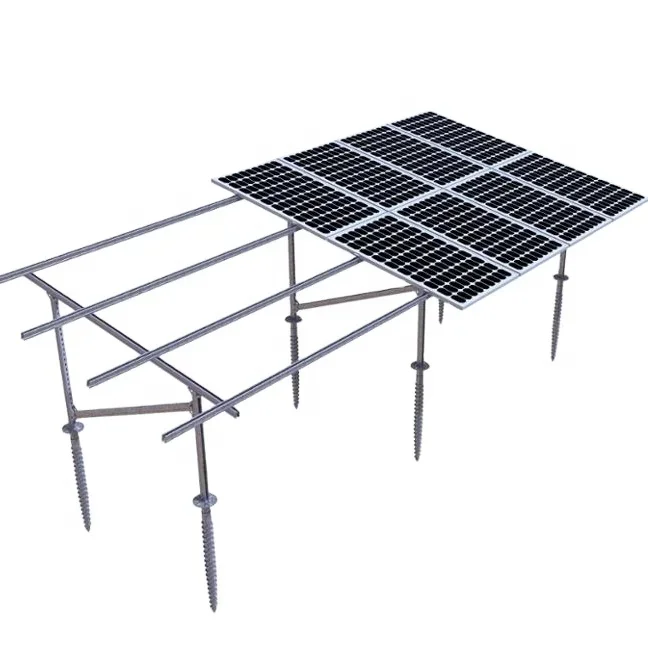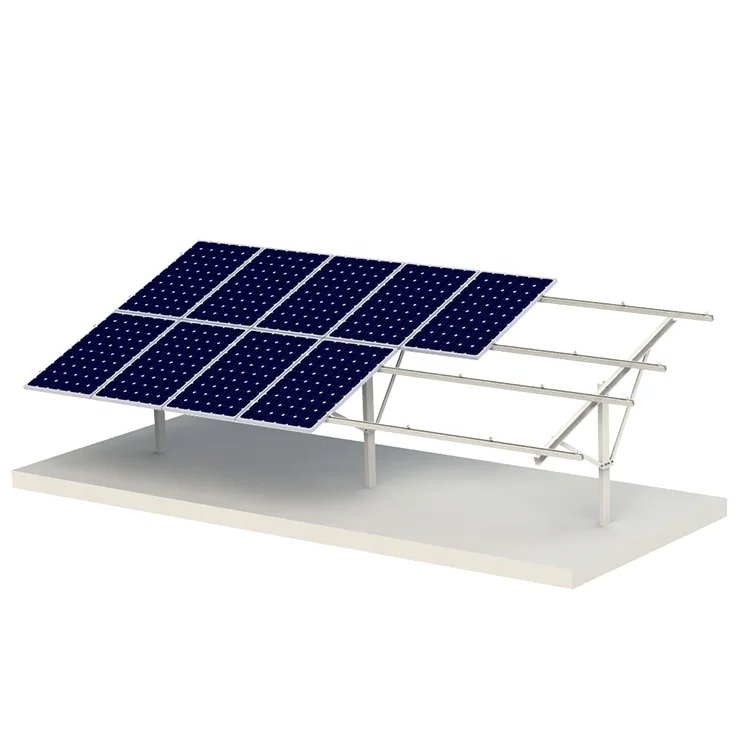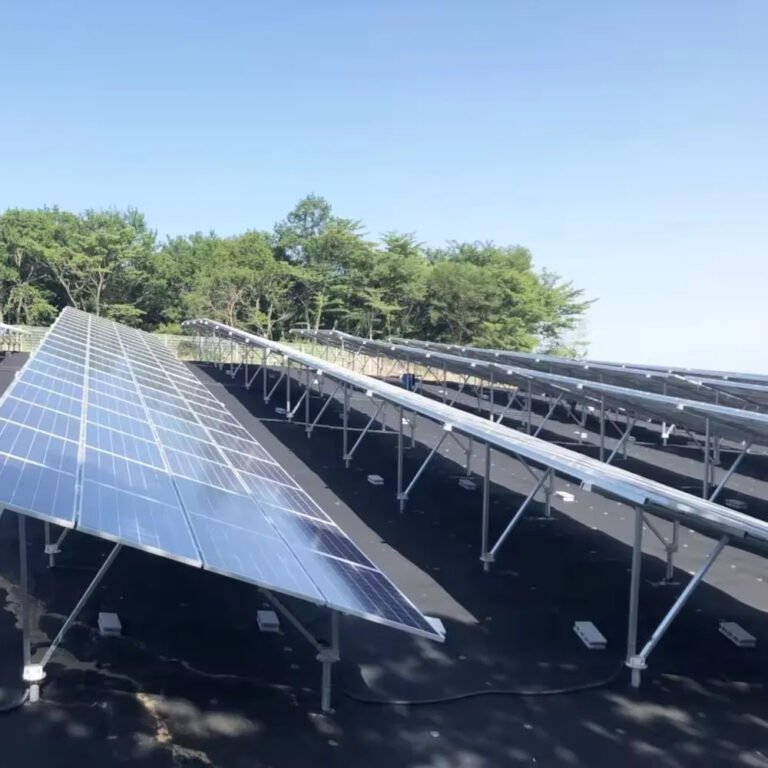-
2103 Room NO.322 Xinggang One Road, Haicang District, Xiamen Fujian, China

How to Read a Solar Mounting System Structural Calculation Report
Table of Contents
Why Structural Calculations Matter for Solar Projects
Behind every sturdy solar array, there’s an invisible backbone: the structural calculation report.
This document is more than just paperwork — it determines whether your installation can survive storms, snow, and earthquakes for 20–30 years.
In regions like Japan and coastal China, where typhoons and heavy snowfall are common, these calculations are not optional — they are critical.

What Exactly is a Structural Calculation Report?
A solar mounting system structural calculation report demonstrates, through engineering models and safety factors, that your system can handle:
- Dead load (system self-weight)
- Live loads such as wind pressure, snow accumulation, and earthquake forces
Most reports follow national or international standards like JIS C8955:2017, Eurocode, or GB 50797, and use finite element analysis tools like SAP2000.
👉 Related Reading: Sistem de montare solară la sol
Key Sections to Understand
Design Basis and Environmental Conditions
Every good calculation starts with clear design conditions:
- Local basic wind speed (e.g., 32m/s standard in many Japanese projects)
- Vertical snow depth (sometimes up to 300 cm in snowy zones like Hokkaido)
- Seismic intensity based on local zoning maps
These environmental factors directly influence how strong your mounting system needs to be.
Load Calculations and Combinations
Solar racks face complex forces — and it’s not just about adding weight.
Key combinations considered:
- Dead Load + Snow Load (heavy winter snow)
- Dead Load + Wind Load (especially typhoon-prone areas)
- Dead Load + Seismic Load (earthquake scenarios)
The combination creating the highest stress determines the “controlling condition” for design.

Material Selection and Section Design
Choosing between steel and aluminum is not only about price.
Good reports detail material grades such as:
- Q235B Steel: Yield strength ~235 MPa
- AL6005-T5 Aluminum: Yield strength ~205 MPa
And they verify:
- Bending capacity (moment resistance)
- Buckling resistance (long slender parts must be checked carefully)
- Deflection limits (typically span/150 under long-term load)
👉 Related Product: C – Steel Ground Mount – Screw Pile Foundation
Foundation Recommendations
Foundation type depends heavily on soil tests:
- Screw pile foundations for soft soils
- Concrete block foundations for rocky or hard grounds
Japanese residential projects often prefer pre-cast concrete, while Southeast Asia often opts for galvanized screw piles for speed and cost savings.

Real-World Tip: Always Verify the Following
- Load combinations match project location standards
- Section calculations check bending and buckling properly
- Corrosion protection is clearly defined (galvanized or anodized)
- Foundations are compatible with actual site conditions (not just “standard” designs)
If these points are vague or missing, the project risks costly rework — or worse, structural failure.
Final Thoughts
Understanding a structural calculation report isn’t just for engineers.
Whether you’re a developer, EPC contractor, or investor, being able to spot-check critical points ensures that your solar system is safe, durable, and ready to operate for decades.
In the end, good structures make great projects — and it all starts with calculations that stand up to reality.







